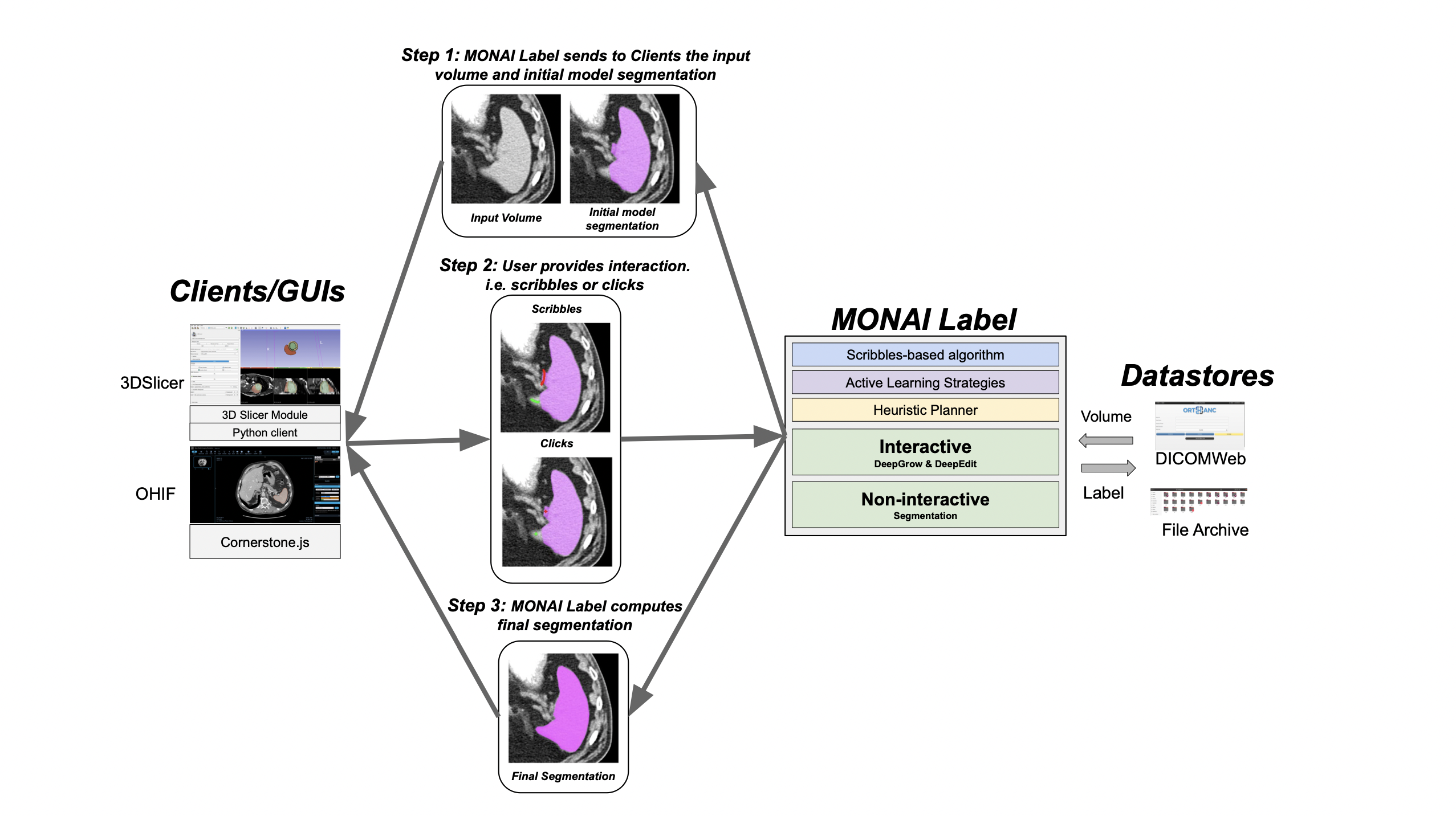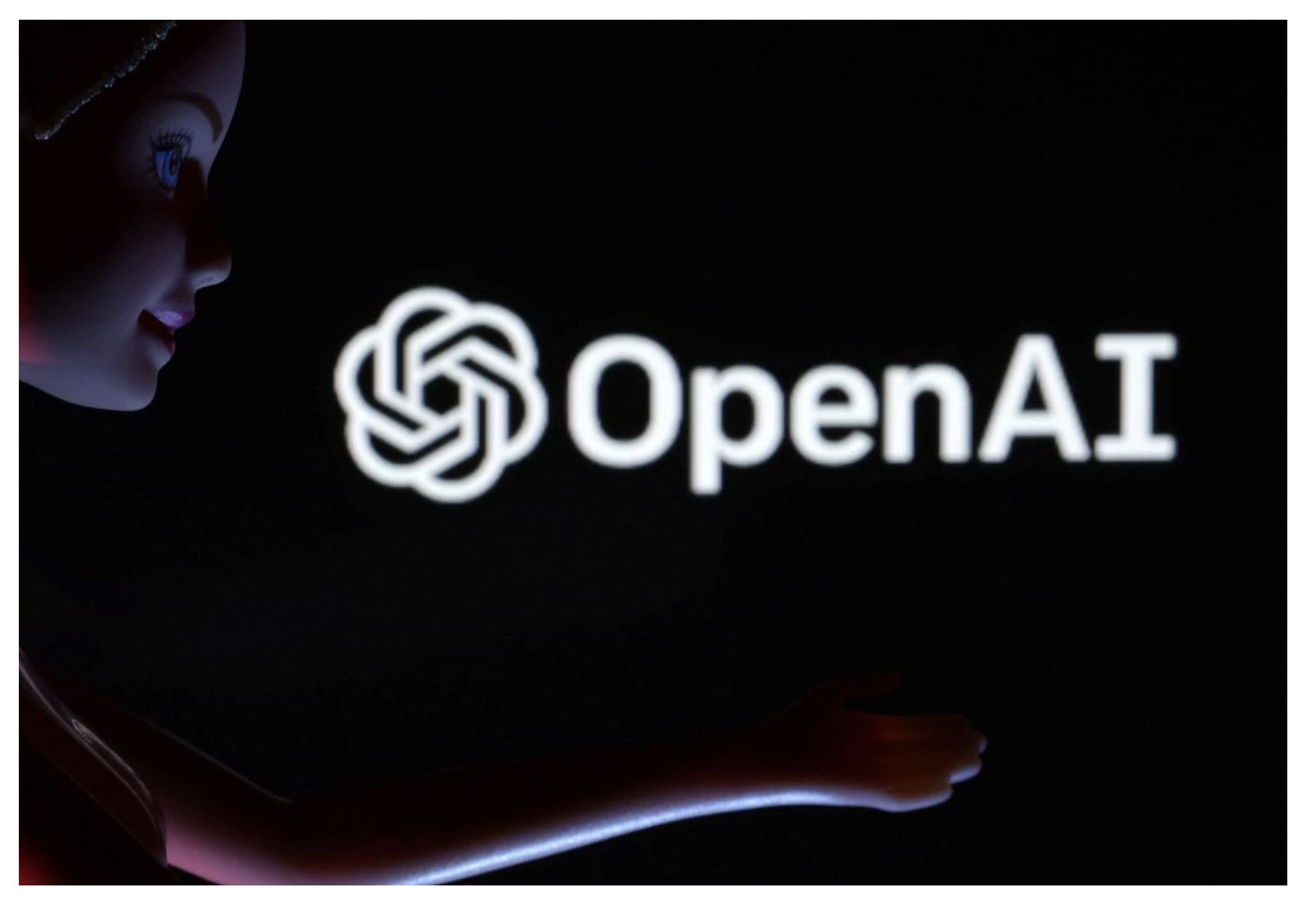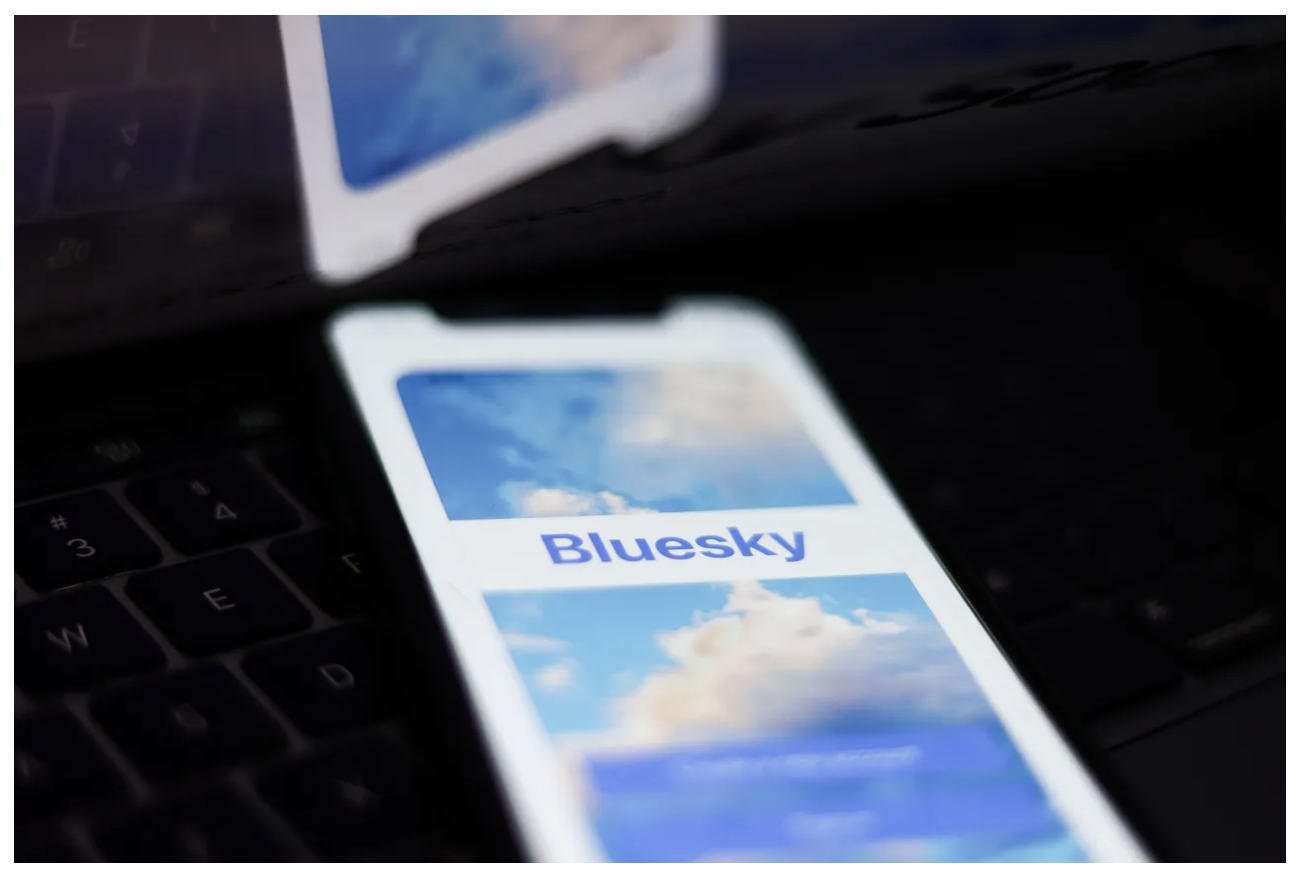Research:

The Differentiable Network Topology Search method (DiNTS) was presented by researchers from NVIDIA. It was assessed using the Medical Segmentation Decathlon (MSD) test, which consists of ten difficult segmentation tasks. Their approach led to a cutting-edge performance and the top spot on the MSD challenge leaderboard.

Given that manual annotation is very expensive and time-consuming, the lack of annotated datasets is a significant barrier to the development of new task-specific supervised machine learning models. To solve this issue, researchers from University College London introduced MONAI Label, a free and open-source framework that enables the creation of apps based on artificial intelligence models with the goal of shortening the time needed to annotate radiology datasets. Researchers can create AI annotation applications focused on their area of expertise with MONAI Label. It enables researchers to quickly make their applications available to clinicians via their preferred user interface as services.
Open Source News:

The Information published a report on Monday claiming a source with knowledge of the plan stated that OpenAI was getting ready to make a new open-source language model available to the public. Since investors consider generative AI to be the next major growth area for digital businesses, OpenAI's ChatGPT, which can generate prose or poetry at will, has attracted a lot of attention in Silicon Valley. Microsoft Corp (MSFT.O) revealed in January that it had invested several billion dollars in OpenAI, strengthening its relationship with the firm and paving the way for further competition with rival Alphabet Inc's (GOOGL.O) Google.The report argued that it is unlikely for OpenAI to establish a model that can compete with GPT.

A significant open-source step is being made by the well-liked new beta social network Bluesky Social. On GitHub, it made the Bluesky Social app's codebase available for download. An "open and decentralized" social network was being created by its owner, BlueSky Public Benefit LLC, from the beginning. The Bluesky client code, in contrast to Twitter, which is still tripping over its own open source feet, is available to anyone who wants to work on enhancing the code or use it as the foundation for their own social network. However, the Twitter recommendation code is essentially useless. The MIT License-compliant Bluesky code is available right away. It's only been out for approximately 24 hours, yet in that time it's received over 1,300 GitHub Stars and been forked 88 times.